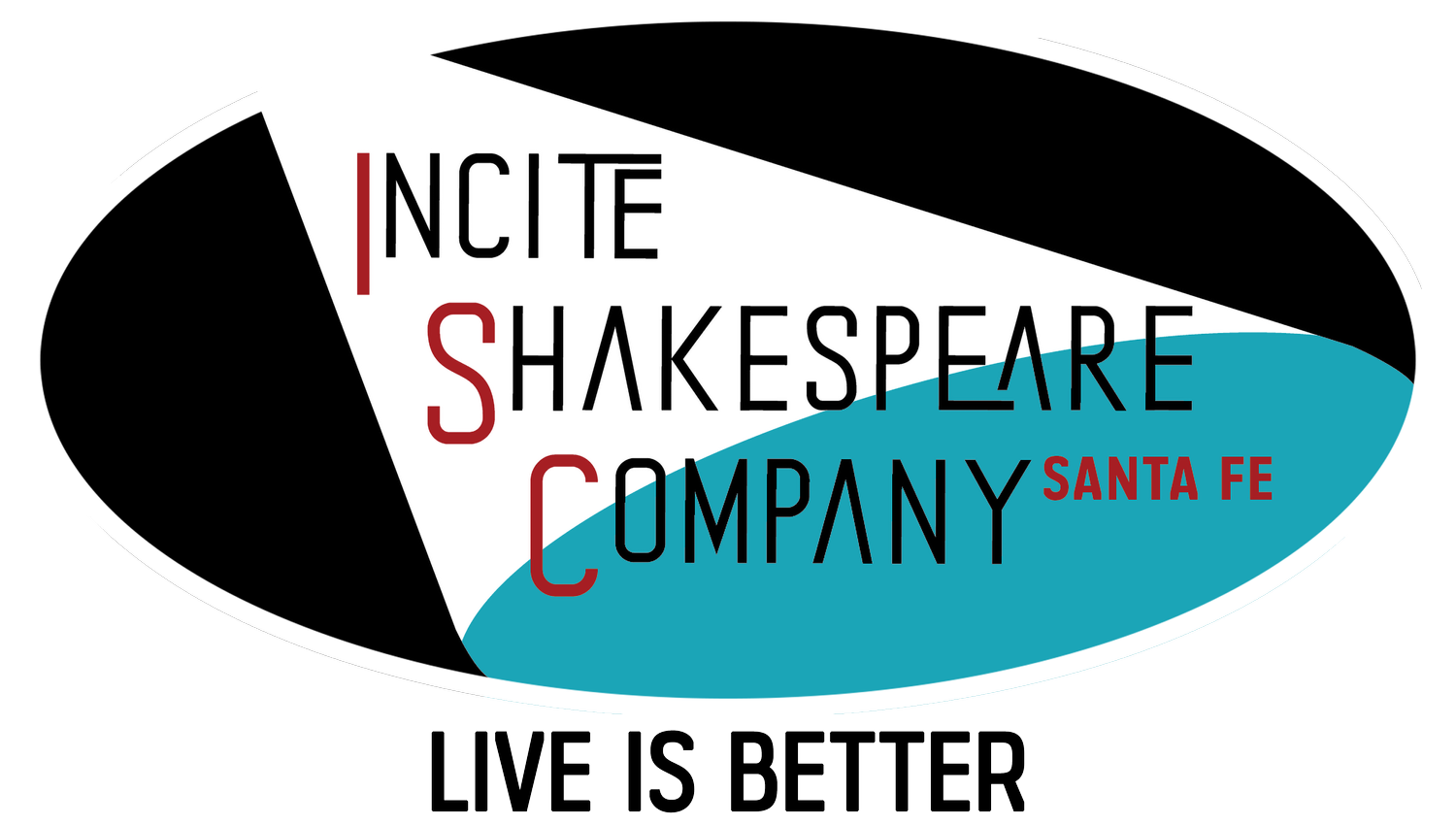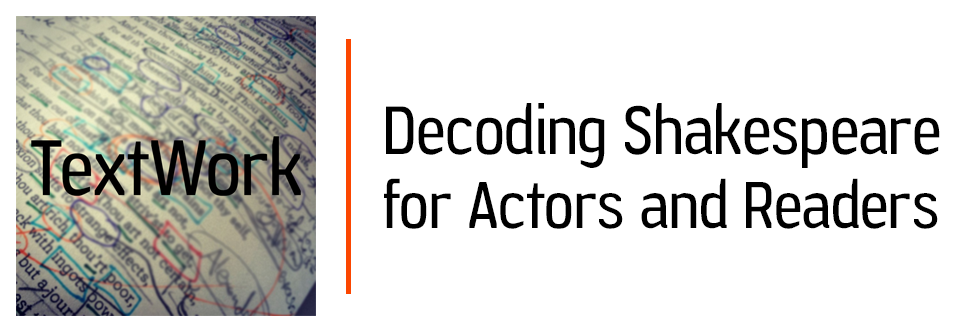
Textwork
ISC is excited to announce a new program launching this fall, TextWork: Decoding Shakespeare for Actors and Readers. Reading Shakespeare’s text is like reading music. Anyone can do it, but it requires specific training. As readers and actors, we can learn to look at specific rhetorical devices and aspects such as rhythm, resonance, and phrasing that provide clues to the inner-workings of the characters. What does a disruption to the rhythm of the verse tell us? What does the imagery a character uses reveal about the way they see the world? Why is a word or phrase repeated? What is the text doing? TextWork is a series of workshops aimed at taking a deep dive into Shakespeare’s textual clues. Our TextWork sessions are led online by ISC Artistic Director Ariana Karp, who draws on more than twenty years of experience using and teaching techniques of textual analysis.
Fall 2025Workshops:
Rhythm — Shakespeare’s heartbeat
September 8, 15, 22, 29 at 5:00 - 7:00 PM MT (4 sessions-$200)
An examination of the time signature of Shakespeare’s verse. In this workshop, we will delve into scansion, contractions, elisions, expansions, rhythmic irregularities, line length irregularities, caesuras and what they reveal about character. We will then apply what we have learned to workshop monologues and dialogues.
Antithesis — Setting the word against the word
October 20, 27 at 5:00 - 7:00 PM MT (2 sessions- $100)
An examination of contrast and counterpoint. All drama is about conflict. Antithesis is the conflict within the text. It is the setting of one idea against another, “to be” or “not to be” being the most famous antithesis in Shakespeare. We will learn to identify antithesis and also how to use them as a reader and actor. We will then apply what we have learned to workshop monologues and dialogues.
Repetition — Resonance and Change
November 24, December 1, December 8 at 5:00 - 7:00 PM MT (3 sessions-$150)
Why is a word or phrase repeated? This workshop will look at identifying rhetorical figures of repetition from repeated words, phrases, structure or clauses to repeated sounds and homophone puns, and work through the dramatic purpose of the repetition. We will then apply what we have learned to workshop monologues and dialogues.

